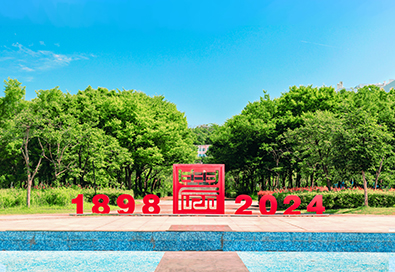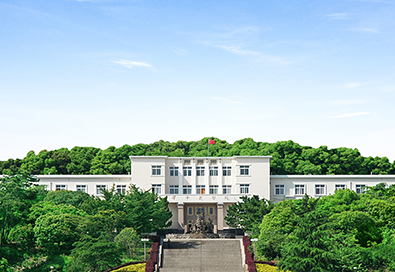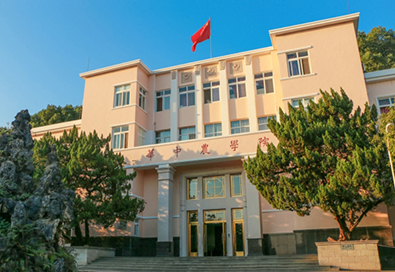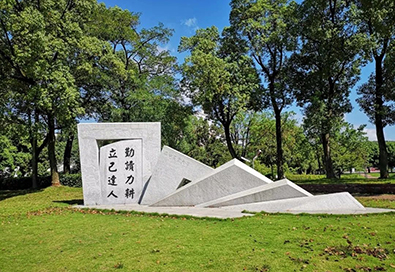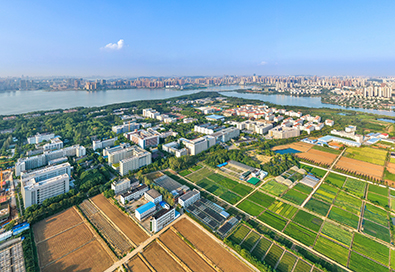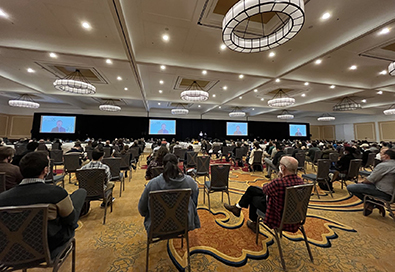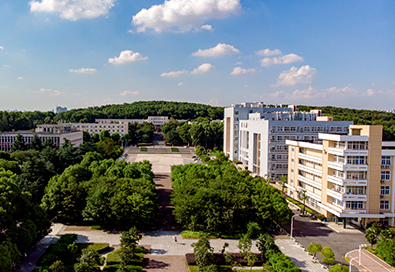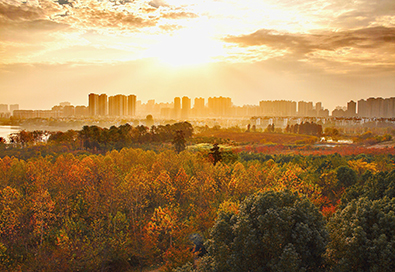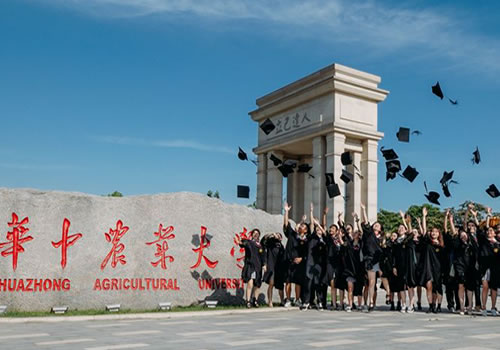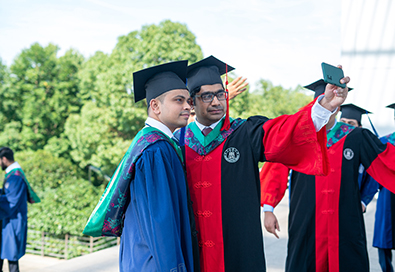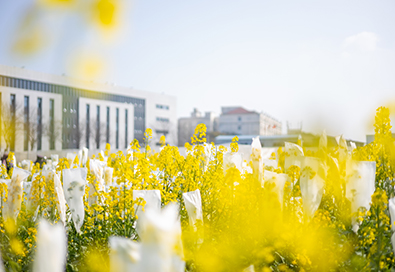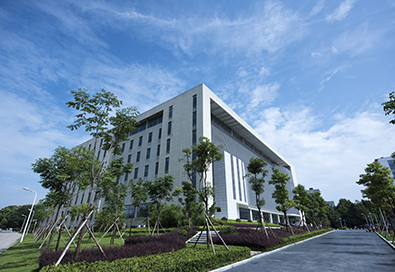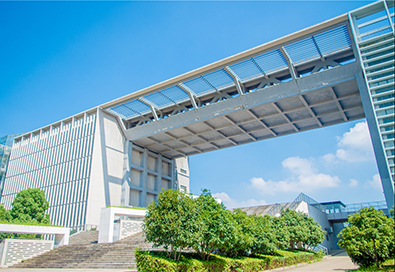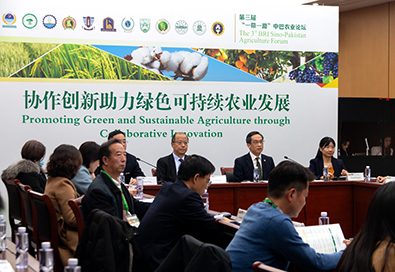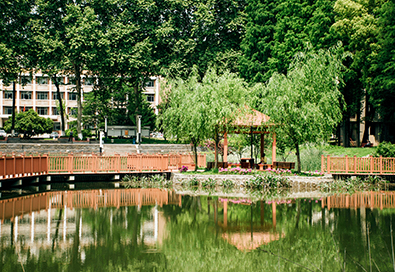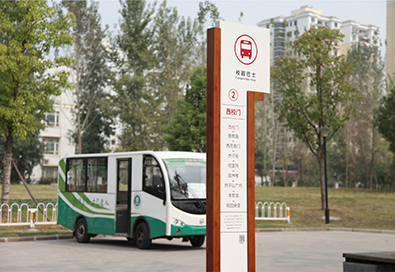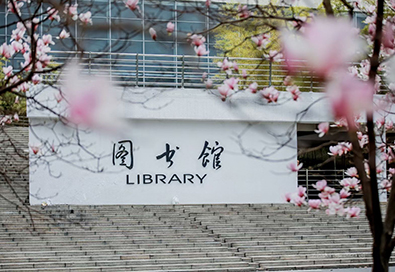Zhang Qifa, an academician of the Chinese Academy of Sciences and professor at Huazhong Agricultural University (HZAU), led a team to visit Jinggangshan, Jiangxi province from Sept 24 to 26. They attended a conference on super rice varieties.
At the conference, in-depth discussions on the cultivation and promotion of Huamoxiang, Jinggang red rice, and other super rice varieties were held. It brought together researchers from Jiangxi Academy of Agricultural Sciences (JXAAS), the National Rice Engineering Research Center (Nanchang), the National Key Laboratory of Crop Genetic Improvement of HZAU, and the College of Life Sciences & Technology of HZAU.
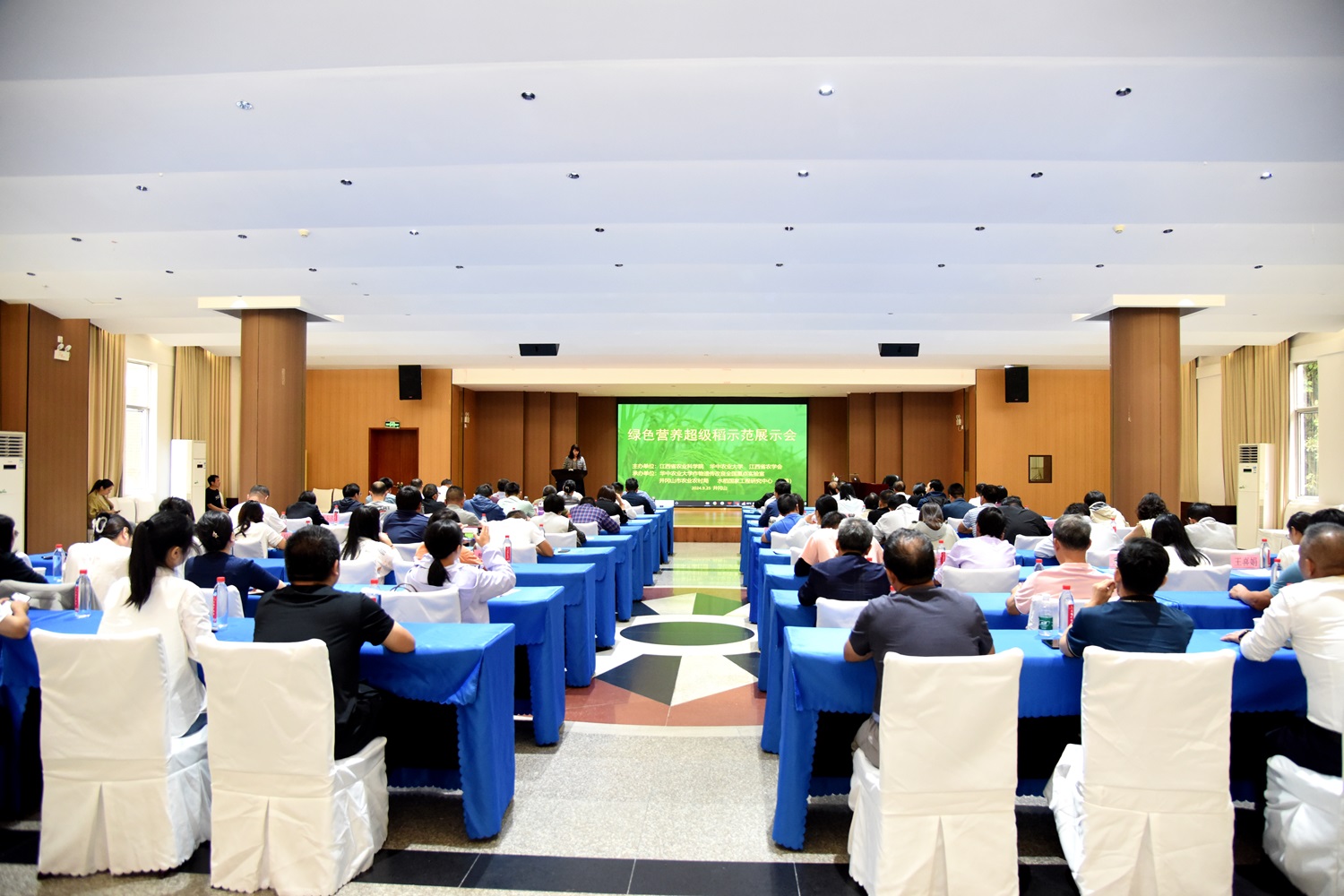
The conference on super rice varieties is held in Jiangxi province from Sept 24 to 26. [Photo/news.hzau.edu.cn]
Xie Xiaohong, a Jinggangshan city official, expressed her hope that super rice varieties like Huamoxiang and Jinggang red rice would thrive in the fertile red soil of Jinggangshan, further boosting the region's agricultural development.
In her speech, she introduced the agricultural development of Jinggangshan and pledged full support for collaboration between HZAU, JXAAS and other institutions.
Liu Guangrong, vice-president and chief agronomist of JXAAS, highlighted the balance between nutrition, ecology and efficiency in growing super rice.
He pointed out the significance of growing super rice, and emphasized the responsibility of researchers and the need for innovation in rice research.
He expressed the hope that the conference would inspire new ideas, broaden research perspectives and strengthen collaboration for the cultivation of super rice.
Zhang delivered a report titled "Uncovering the Nutritional Treasures of Rice for Health and the Earth". He outlined the evolution of food security concepts and explained how to produce food that benefits both humanity and the planet.
He discussed the role of insulin resistance as a major cause of poor health and various diseases. One of the causes for insulin resistance, however, is the intake of highly digestible, high-carb foods like refined rice and white flour.
Zhang proposed that staples should not only provide energy but also improve nutritional health.
He introduced Huamoxiang, a whole-grain black rice variety, highlighting its lower glycemic load and its richness in dietary fiber, anthocyanins, proteins, unsaturated fatty acids, vitamins and minerals. He also compared the different nutritional composition of whole-grain black rice and refined white rice, emphasizing that the former can provide essential daily nutrients.
He hoped that the cultivation of super rice would lead to a shift towards whole-grain and black rice, promoting healthier food choices for the benefit of people and the environment.
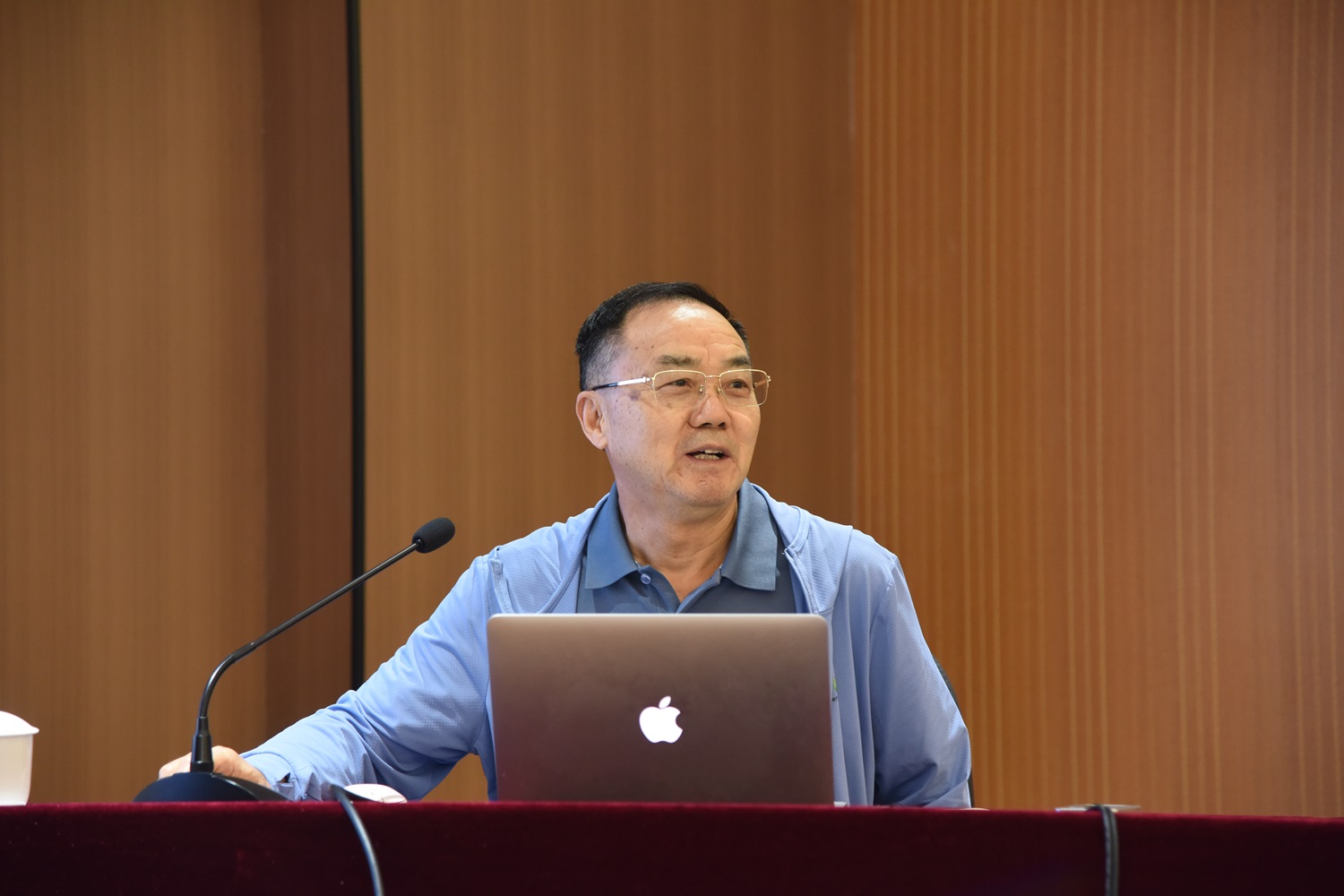
Zhang Qifa delivers his report on the nutritional treasures of rice. [Photo/news.hzau.edu.cn]
Zhou Guoxing, deputy director of the Rice Research Institute of JXAAS, and Xiong Lizhong, director of the National Key Laboratory of Crop Genetic Improvement of HZAU, signed a cooperation agreement.
The agreement is expected to enhance research, promotion and innovation in germ plasm resources for green nutritional super rice, further advancing the study and dissemination of the Huamoxiang and Jinggang red rice varieties.

